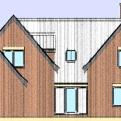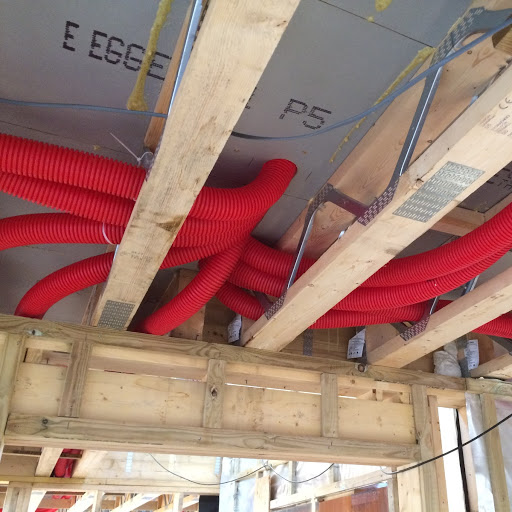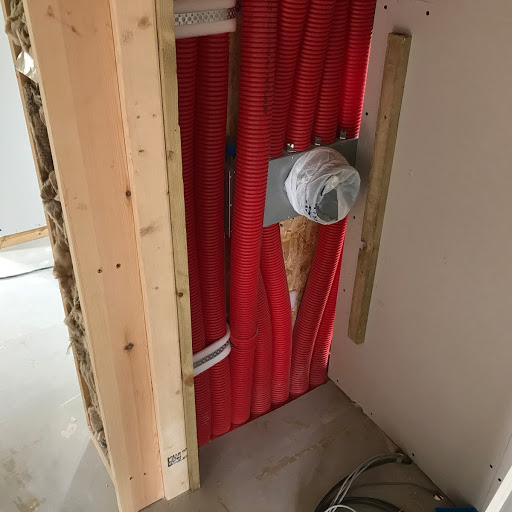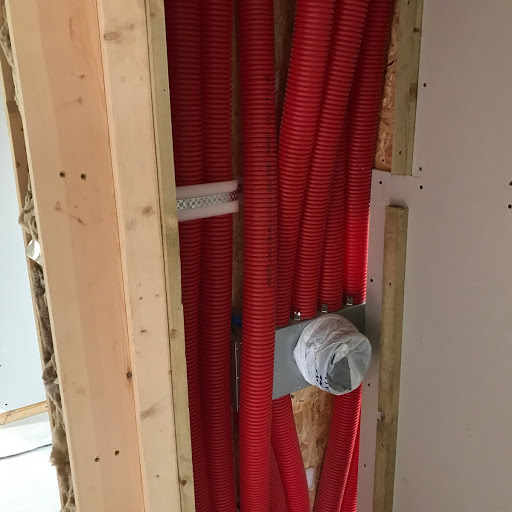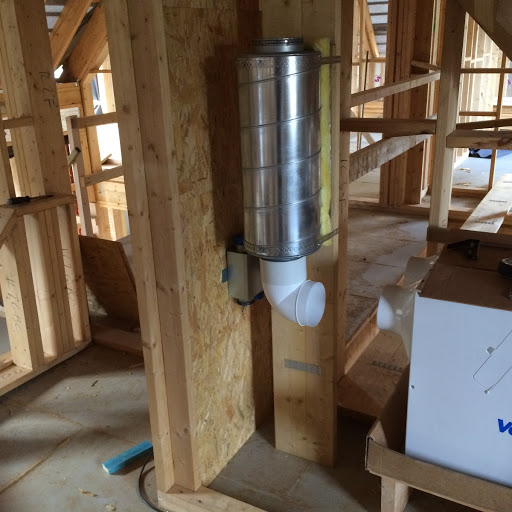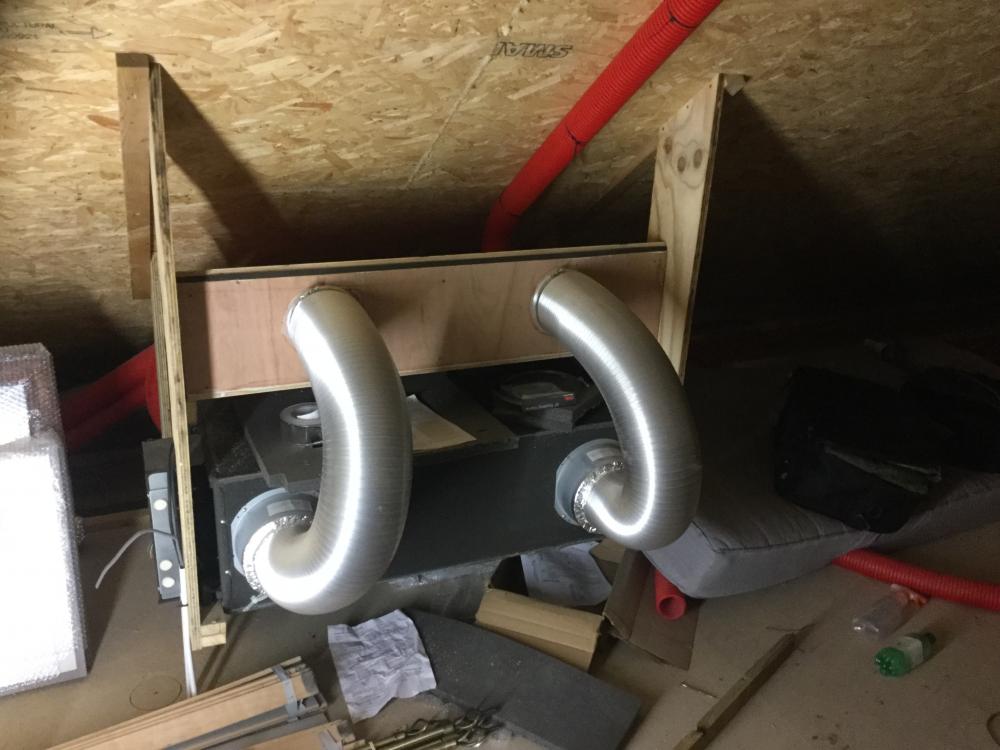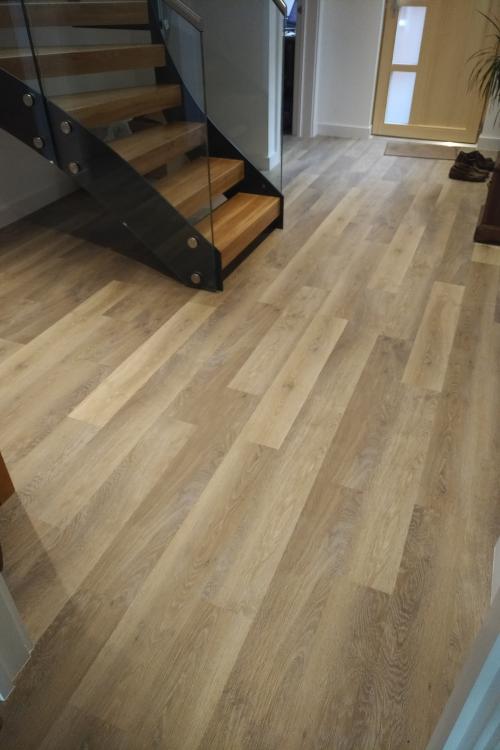Leaderboard
Popular Content
Showing content with the highest reputation on 11/27/17 in all areas
-
I'll just chuck a few facts and views in for fun. The very best plants can convert around 7% to 9% of the energy from the sun into usable energy, as biomass, oil etc, per unit ground area. Most struggle to get better than about 5%. A poor solar farm might convert 15% of the energy from the sun over that area into electricity, a good solar farm might convert 18% to 20%. The price of solar panels and the associated kit is now cheap enough that there are no subsidies needed for commercial solar farms, and they still generate electricity at a lower price than many other forms of power generation. As a final point, solar farms can still grow some plants around them, and even graze sheep on the land, so all told solar farms are still very much a positive in terms of the productivity of the land. Whether people like the look of them is another point. Personally, I'd rather see a field of solar panels than a field of oil seed rape, but that may be because I hate the smell of oil seed rape..............2 points
-
Planning application is IN. Including a five page Design and Access Statement which is frankly so well composed it made my jaw drop; thus far, hiring a PC was an extremely good choice...1 point
-
Hello I'm in the process of doing a self build and this forum seems a great source of help and advice. I hope I can give out some advice, as well as receive it, because I've been a plasterer for 34 years so should know what I'm talking about!1 point
-
Lol yes it's hard work. I like to think I have the shoulders of a completely knackered God!1 point
-
1 point
-
For the bit where the kitchen cabinets are going, fit 50mm battens instead right down to the floor, glued and screwed to the OSB of the SIP panel and insulation in between. Then continuous insulation and thin battens everywhere else. The slight reduction in insulation will be small and I would (cough) not mention this to your BC inspector.1 point
-
1 point
-
@JIH this is from Geberit : Yes there is part number 366.887.16.1 – straight adaptor Tell the plumber to still use the pan connector already supplied and instead of installing the 90 degree bend connect (push fit) the straight adaptor on to the pan connector . £19.22 (+VAT) – To purchase the part directly from Geberit - please call 01926 51 68 07 (Sales Department) – quote the part number – pay for it – and the part will be sent to you. Hope that helps ..??1 point
-
You need helical fixings for exterior insulation when it’s thick. Wood screws over 150mm become unwieldy and also provide cold bridges.1 point
-
Yes it is lined internally. I probably should have said why The planning for our house extension has taken a rather long time, during which a couple of things have happened. 1. The insulation requirements have gone up between planning, and building regs sign off 2. Kingspantek SIP system prices have increased significantly for various reasons Kingspan Tek (and their partner) are willing to honour a quote we got from them over two years ago, but any change will bring us into a requote and the new prices. The new prices add on circa 8k to the cost, as such I opted to internally insulate myself as it will be significantly cheaper - though more hassle1 point
-
1 point
-
I am confused. Is this additional insulation in the existing part of the house? If the sips panels themselves need additional insulation, I would instead be looking for thicker sips panels?1 point
-
1 point
-
There's some evidence that keeping rain off the unit does help a fair bit, from what I've read. As long as the air flow isn't restricted, anything that helps to keep the area around the unit dry has to help a bit. It probably also helps prevent external corrosion a bit, too. Although designed to be sat outside, there are signs on mine of minor corrosion around some of the fasteners, presumably where the underlying galvanised coating has been scratched. It it were under cover then spraying a bit of grease or similar around the fasteners might well be more effective at limiting future corrosion.1 point
-
Our sitting room has a 4.2m high vaulted ceiling with a glazed gable end. The window frame accentuates the height because it's grey compared to the white walls. In the main bedroom the vaulted ceiling is a similar height but the walls and ceiling are all white and the height is much less noticeable.1 point
-
We've got around a 5.5m internal ridge height on a couple of rooms. One is within a larger open plan area, but the area with the vaulted ceiling is around 7m x 6m and this is a great space, each of the walls around it is broken up by either a double-height window, an internal flip-fold door opening or a full height false wall with recess for the TV etc. The other room is in the centre of the house and is around 6m x 5.5m with roof lights above to let natural light in. When first decorated and with all internal doors shut this did take on the form of a squash court, which I feel was down to having little to break up the plain walls between the top of standard height doors and the vaulted ceilings. We'd already seen this with early rendering I did of the space during the design phase so had planned up/down lighters on the walls just a bit above the top of door height and an over-sized book case on one of the walls, plus a few pieces of appropriate artwork (still) to be hung in the elevated area. Breaking up the big expanse of flat walls was key to making this a very interesting space.1 point
-
Our main room is 4.8 m high, 5 metres wide and 9 metres long. It doesn't feel or look strange at all.1 point
-
When I get time, and energy, I shall have a little play with some DHT22s and see if there is really enough of a difference to measure. It would be nice to think that reducing local RH could make a difference and stop an exterior ASHP being used as a bike rack.0 points
This leaderboard is set to London/GMT+01:00




